Postcard By Charles R. Knight

Postcard by Charles R. Knight
More Posts from Starry-shores and Others
Helicoprion: What if, like, teeth,
Mesosaurus: Yeah?
Helicoprion: but WHEEL
Mesosaurus: No don't -
Helicoprion:

(Image by ДиБгд)
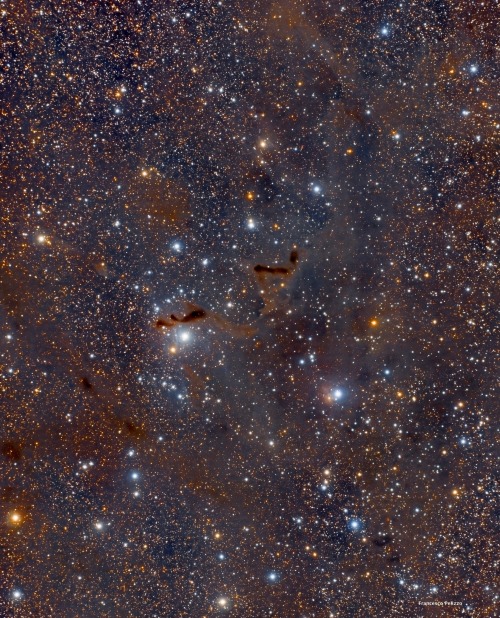
A Giving Hand, vdB9 // DocRx

50 Foot Long Congo Snake
In 1959 Remy Van Lierden was flying over the Katanga region in the Democratic Republic of the Congo. He was flying a helicopter and returning to the base that he commanded in Kamina. As he passed over a clearing in the jungle he noticed a large animal laying out in the sun. What he saw was a 50 foot long snake, with green and brown scales. He couldn’t believe his eyes and neither could his passengers. He circled around and made several passes off the monstrous snake, however he flew away when it got into the striking position and thought it was too dangerous to contour to fly over the animal. During one of the passes he made a passenger on his aircraft snapped this picture to prove what they saw. The snake in question is clearly large and it’s easy to see how it could have been a threat to a low flying helicopter. It’s believed that the snake is a Titanoboa which is thought to be extinct, and has been for millions of years. But it’s possible that the species may have survived. The natives claim that the snake pictured here is a small one and that they can get up to twice and three times the size.
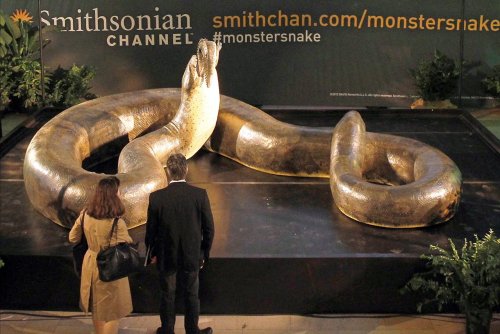

The Titanoboa, is a 48ft long snake dating from around 60-58million years ago. It had a rib cage 2ft wide, allowing it to eat whole crocodiles, and surrounding the ribcage were muscles so powerful that it could crush a rhino. Titanoboa was so big it couldn’t even spend long amounts of time on land, because the force of gravity acting on it would cause it to suffocate under its own weight.
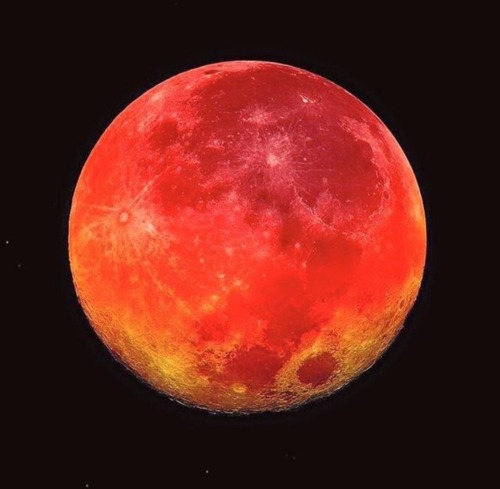

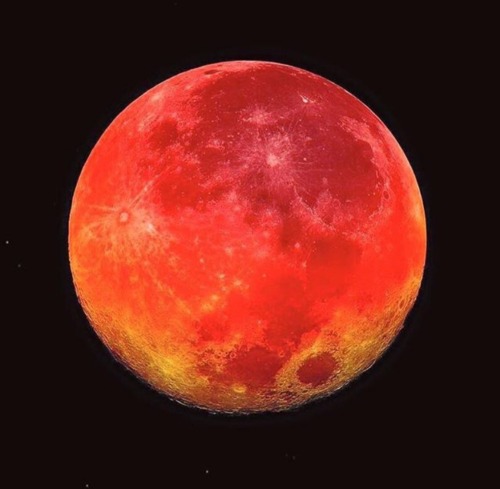
“You’re basically seeing all of the sunrises and sunsets across the world, at once, being reflected off the surface of the moon” – NASA
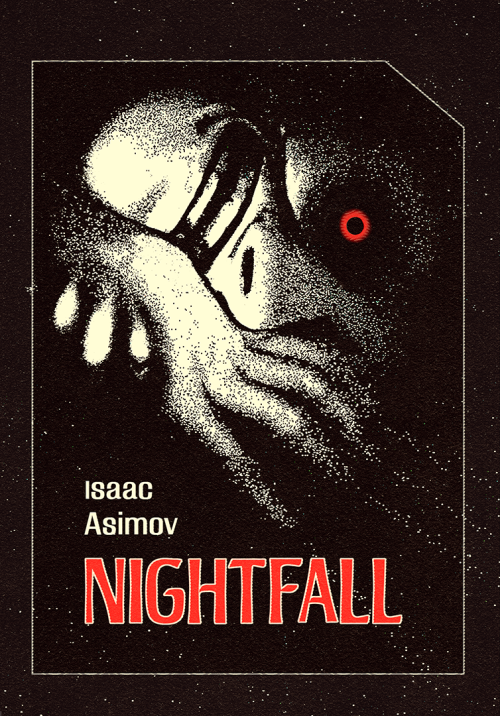
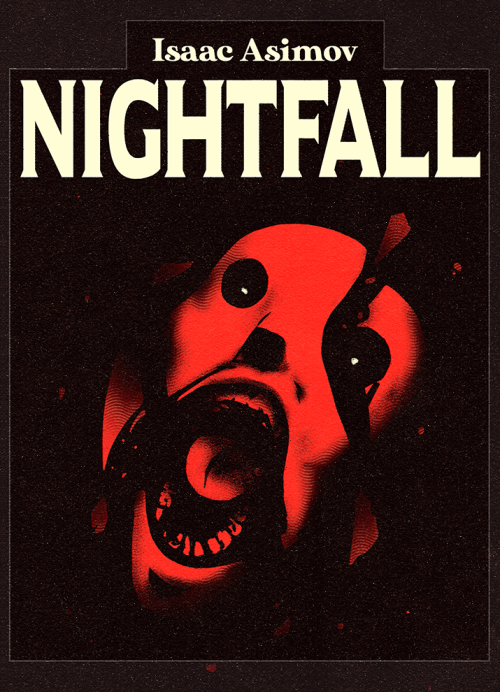
Book cover assignment for class, we had three short scifi stories to choose from and I chose Isaac Asimov’s “Nightfall”. 🔴🌌
I love the fact that a group of crows is called a "Murder" and a group of ravens is a "Conspiracy"
Dear @thought-cafe team, we need more Crash Course Astronomy episodes! Can you please do a Season 2? Dr. Phil Plait is awesome, and we miss him!

If you’re excited about the juno news today, sink your teeth into a Crash Course episode that’s all about Jupiter! 🔭 https://youtu.be/Xwn8fQSW7-8
Eclipsing Suns
I can’t remember which novel JR said influenced the world of S6, but I was recently reminded of Asimov’s Nightfall and wonder whether its eclipse narrative might have some bearing on the plot …
[Spoilers for Nightfall ahead – highly recommend you read the story (it’s short!)]
For anyone not familiar, Nightfall is set on a planet with six suns - enough suns that the planet never experiences darkness. Every 2000 years or so, the suns and the planet’s moon align just so, and an eclipse occurs. And every 2000 years, something cataclysmic occurs that ends civilization. The only records of the event are embedded in the mythology of an ancient cult’s scripture.
During one of these cycles, a team of astronomers and psychologists collaborate with the cult, and together determine that they are weeks away from the next eclipse. The scientists lock their loved ones away in a bunker and prepare equipment to document the eclipse, which they do not believe they will survive. (Having never experienced nighttime, they have a pathological fear of the dark. Even more concerning, however, is the threat of the Stars mentioned in ancient scripture, for these have the power to burn cities and drive men to madness.)
And when the eclipse occurs and people see the night sky for the first time in two thousand years, they are struck with terror and knowledge of their insignificance, and all the world over, people set their cities on fire to blot out the stars’ truth and the horror of the long night.
… What little we do know about S6 reminds me of this. Like Clarke and co., these scientists attempt to learn what happened to a lost civilization (Eligius III) while hampered by a cult-like organization (Second Dawn? Wonkru? Whoever now inhabits the planet?) that has attached mythological meaning to the natural phenomenon of the eclipse. JR has said that something crucial happens when the suns eclipse, and though suns eclipsing themselves does not create total darkness, as here, we can guess that there will be psychological ramifications attached to it.
-
 robotrebelranch reblogged this · 2 years ago
robotrebelranch reblogged this · 2 years ago -
 chevrium liked this · 2 years ago
chevrium liked this · 2 years ago -
 captain-boobie liked this · 2 years ago
captain-boobie liked this · 2 years ago -
 windchimes-at-night reblogged this · 2 years ago
windchimes-at-night reblogged this · 2 years ago -
 leolaroot reblogged this · 2 years ago
leolaroot reblogged this · 2 years ago -
 farcillesbian reblogged this · 2 years ago
farcillesbian reblogged this · 2 years ago -
 demidye liked this · 2 years ago
demidye liked this · 2 years ago -
 literalliterature reblogged this · 2 years ago
literalliterature reblogged this · 2 years ago -
 allosauroid liked this · 3 years ago
allosauroid liked this · 3 years ago -
 thehottestcelebritygossip liked this · 3 years ago
thehottestcelebritygossip liked this · 3 years ago -
 thepinkmartini reblogged this · 3 years ago
thepinkmartini reblogged this · 3 years ago -
 caracali liked this · 3 years ago
caracali liked this · 3 years ago -
 balsamic--vinegar liked this · 3 years ago
balsamic--vinegar liked this · 3 years ago -
 thewhitenessofthewhale liked this · 3 years ago
thewhitenessofthewhale liked this · 3 years ago -
 timetravelingsponger reblogged this · 3 years ago
timetravelingsponger reblogged this · 3 years ago -
 gayplacoderm liked this · 3 years ago
gayplacoderm liked this · 3 years ago -
 drabacus liked this · 3 years ago
drabacus liked this · 3 years ago -
 apieters liked this · 3 years ago
apieters liked this · 3 years ago -
 sleeplessdreamer14 liked this · 3 years ago
sleeplessdreamer14 liked this · 3 years ago -
 glowinthedarkblackhole reblogged this · 3 years ago
glowinthedarkblackhole reblogged this · 3 years ago -
 homegrowndevil liked this · 3 years ago
homegrowndevil liked this · 3 years ago -
 leolaroot reblogged this · 3 years ago
leolaroot reblogged this · 3 years ago -
 spiderlingbriary reblogged this · 4 years ago
spiderlingbriary reblogged this · 4 years ago -
 spiderlingbriary liked this · 4 years ago
spiderlingbriary liked this · 4 years ago -
 starry-shores reblogged this · 4 years ago
starry-shores reblogged this · 4 years ago -
 an-abyss-called-life liked this · 4 years ago
an-abyss-called-life liked this · 4 years ago -
 maebehappy liked this · 4 years ago
maebehappy liked this · 4 years ago -
 uncanny-eldritch reblogged this · 4 years ago
uncanny-eldritch reblogged this · 4 years ago -
 littolcloun reblogged this · 4 years ago
littolcloun reblogged this · 4 years ago -
 littolcloun liked this · 4 years ago
littolcloun liked this · 4 years ago -
 cuminandcoriander liked this · 4 years ago
cuminandcoriander liked this · 4 years ago -
 6pet6ter6 liked this · 4 years ago
6pet6ter6 liked this · 4 years ago -
 whenoutatsea reblogged this · 4 years ago
whenoutatsea reblogged this · 4 years ago -
 clodia-metelli reblogged this · 4 years ago
clodia-metelli reblogged this · 4 years ago -
 daringvalkyrie liked this · 4 years ago
daringvalkyrie liked this · 4 years ago -
 spursthatjinglejanglejingle reblogged this · 4 years ago
spursthatjinglejanglejingle reblogged this · 4 years ago -
 spursthatjinglejanglejingle liked this · 4 years ago
spursthatjinglejanglejingle liked this · 4 years ago -
 nonsensegnomes liked this · 4 years ago
nonsensegnomes liked this · 4 years ago -
 meolcwifes reblogged this · 4 years ago
meolcwifes reblogged this · 4 years ago -
 shark-from-the-park liked this · 4 years ago
shark-from-the-park liked this · 4 years ago -
 maastrichtiana liked this · 4 years ago
maastrichtiana liked this · 4 years ago

Amateur astronomer, owns a telescope. This is a side blog to satiate my science-y cravings! I haven't yet mustered the courage to put up my personal astro-stuff here. Main blog : @an-abyss-called-life
212 posts
